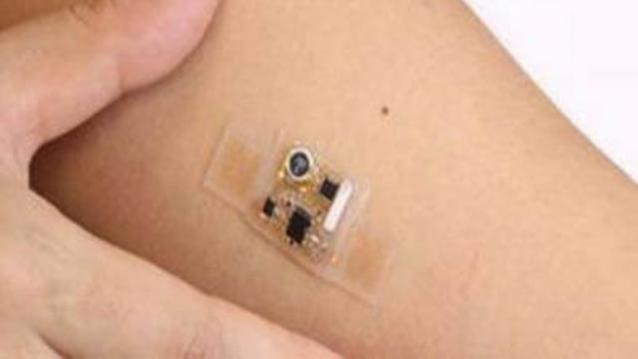A team of US engineers has created the world’s fastest stretchable, wearable integrated circuits — a technological feat that can revolutionise the Internet of Things (IoT) and high-speed wireless world in the future.
Led by Zhenqiang “Jack” Ma from University of Wisconsin-Madison, the team developed the new stretchable integrated circuits taking inspiration from twisted-pair telephone cables. They contain, essentially, two ultra-tiny intertwining power transmission lines in repeating S-curves.
This serpentine shape — formed in two layers with segmented metal blocks, like a 3-D puzzle — gives the transmission lines the ability to stretch without affecting their performance, said the study, published recently in the journal Advanced Functional Materials.
It also helps shield the lines from outside interference and, at the same time, confine the electromagnetic waves flowing through them, almost completely eliminating current loss. The stretchable integrated circuits can operate at radio frequency levels up to 40 gigahertz.
Unlike other stretchable transmission lines, whose widths can approach 640 micrometres, the new stretchable integrated circuits are just 25 micrometres thick. That’s tiny enough to be highly effective in epidermal electronic systems, among many other applications.
“We’ve found a way to integrate high-frequency active transistors into a useful circuit that can be wireless,” said Ma.
The technology can serve as a platform for manufacturers seeking to expand the capabilities and applications of wearable electronics — particularly as they strive to develop devices that take advantage of a new generation of wireless broadband technologies referred to as 5G.
The new integrated circuits could be used in wearable electronics that adhere to the skin like temporary tattoos. Because the circuits increase wireless speed, these systems could allow health care staff to monitor patients remotely, without the use of cables and cords.
IANS













